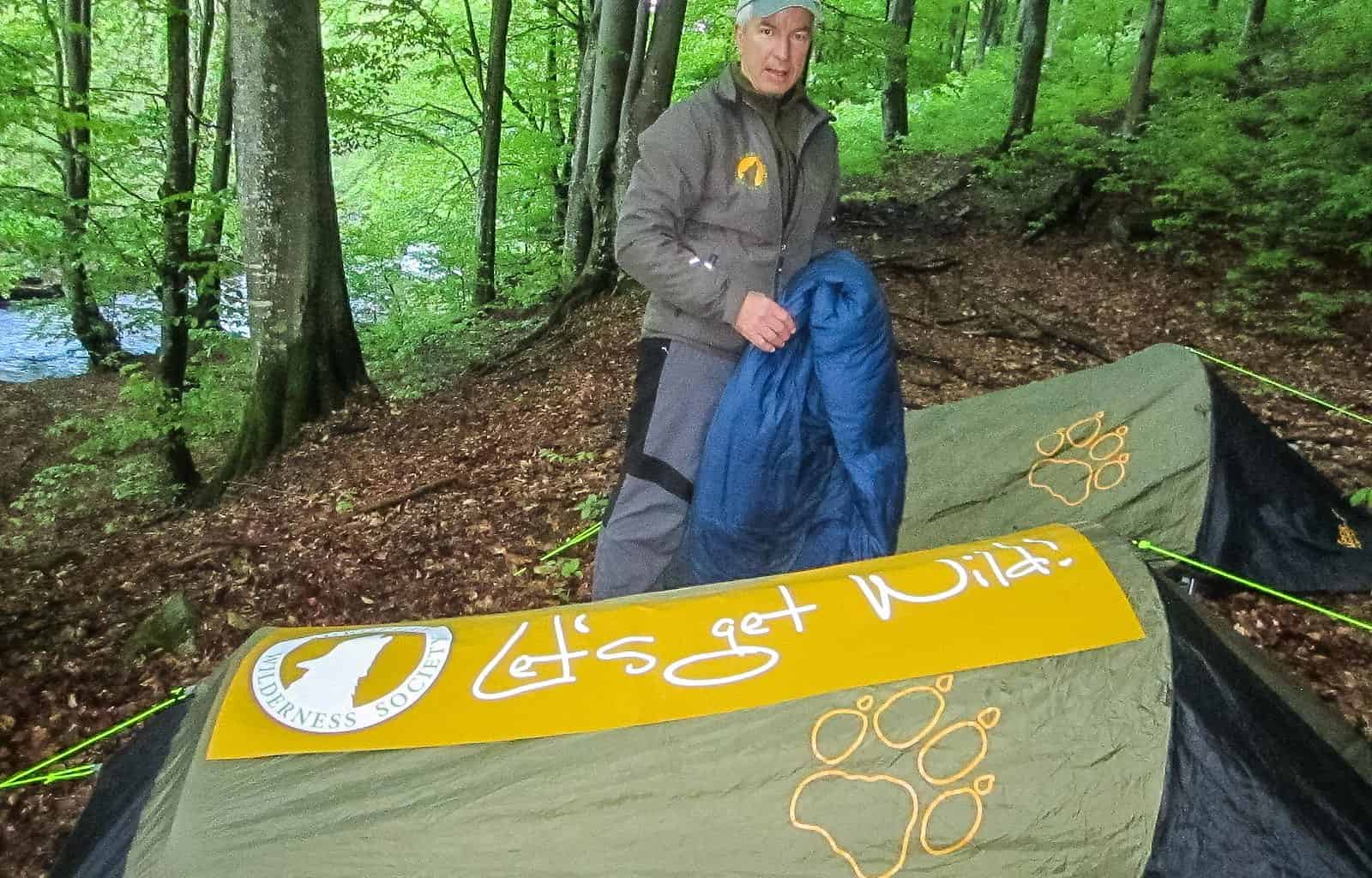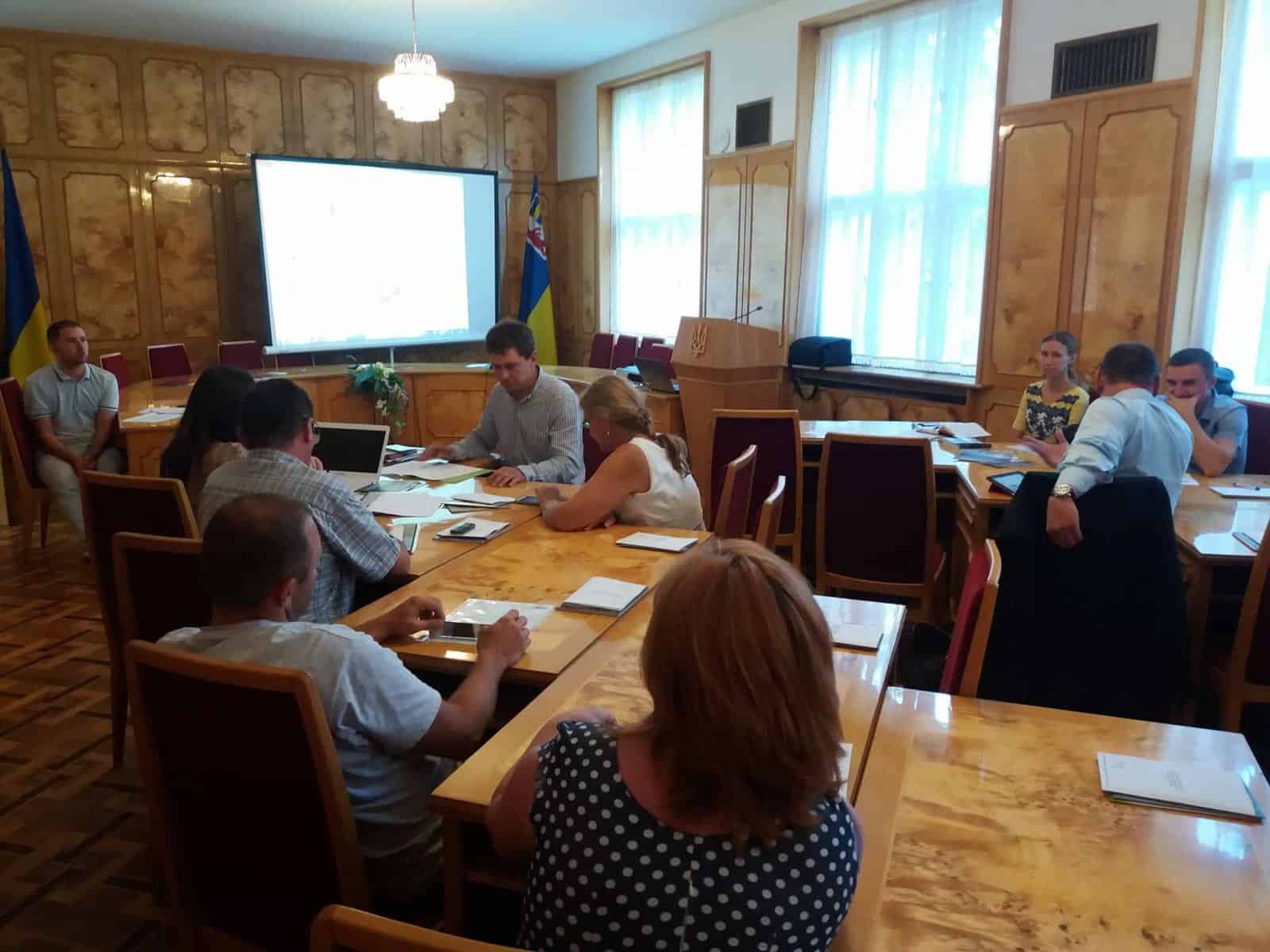Rethinking Reforestation: How Meadows Can Play a Crucial Role in Climate Action
In the wake of mounting climate concerns and the ever-increasing threats posed by deforestation, a new perspective on land use is emerging – one that challenges the conventional approach of immediately replanting forests after they suffer natural or man-made losses. This innovative approach suggests that restoring and nurturing meadows and grasslands could hold the key to effective climate action. The idea is simple yet powerful: instead of focusing solely on reforestation, we should consider the untapped potential of these often underestimated landscapes.
Recent years have witnessed the rapid decline of forests in various regions due to a combination of factors, including climate change-induced stresses and the infestation of bark beetles. Traditional reforestation methods involve planting new trees in areas where forests have died off, aiming to restore the carbon sequestration and biodiversity functions that forests provide. However, the changing climate conditions and unpredictable rainfall patterns challenge the sustainability of these efforts. A newly planted forest may struggle to survive in conditions vastly different from those when it was initially established.
The Role of Meadows and Grasslands
Amid these challenges, a growing body of evidence suggests that the solution might not solely lie in planting new forests, but rather in nurturing and reimagining the potential of meadows and grasslands. While forests have long been recognized as crucial carbon sinks, these open landscapes have been underestimated for their carbon-capturing abilities. Extensively used grasslands, often viewed as secondary to forests, can play a significant role in mitigating carbon dioxide levels. In fact, grasslands such as meadows and savannas contain over twice as much carbon as trees in a hectare of forest.
The Carbon Sequestration Powerhouse and Biodiversity
Research has shown that well-managed grasslands can be effective in storing carbon dioxide. Meadows, for instance, with their diverse array of plant species, have the potential to sequester substantial amounts of carbon. Furthermore, their carbon-storing capabilities are enhanced by the diversity of plant life present. As the climate crisis escalates, the need for innovative and adaptable solutions becomes more apparent. By properly managing and maintaining these grasslands, we can optimize their carbon sequestration potential and foster resilient ecosystems.
The benefits of prioritizing meadows and grasslands extend beyond carbon sequestration. These landscapes support a wealth of biodiversity, providing habitats for various plant and animal species. In contrast to monoculture forests, diverse grasslands promote a thriving array of life. The potential to create thriving ecosystems through the restoration and protection of these landscapes cannot be overlooked.
Challenges and the Road Ahead
Transitioning from the traditional reforestation mindset to embracing the potential of meadows and grasslands comes with challenges. Land use regulations, bureaucratic hurdles, and the need for well-informed land management strategies are just a few obstacles that must be addressed. Yet, with innovative approaches and collaborative efforts between landowners, scientists, and policymakers, the shift towards incorporating meadows into climate action strategies is not only feasible but also promising.
A New Approach for a Changing World
As the global climate crisis intensifies, rethinking our approach to land restoration becomes imperative. While forests undoubtedly have a critical role to play in carbon sequestration and ecosystem health, it’s time to recognize the untapped potential of meadows and grasslands. These landscapes offer unique solutions for carbon capture, biodiversity conservation, and ecosystem resilience. By acknowledging the power of these overlooked ecosystems, we can forge a more adaptable, sustainable, and effective path forward in our fight against climate change. As we venture into a world of uncertainty, embracing innovation and holistic thinking is the key – and the meadows might just hold the answers we seek.










Informative. Thanks for sharing.